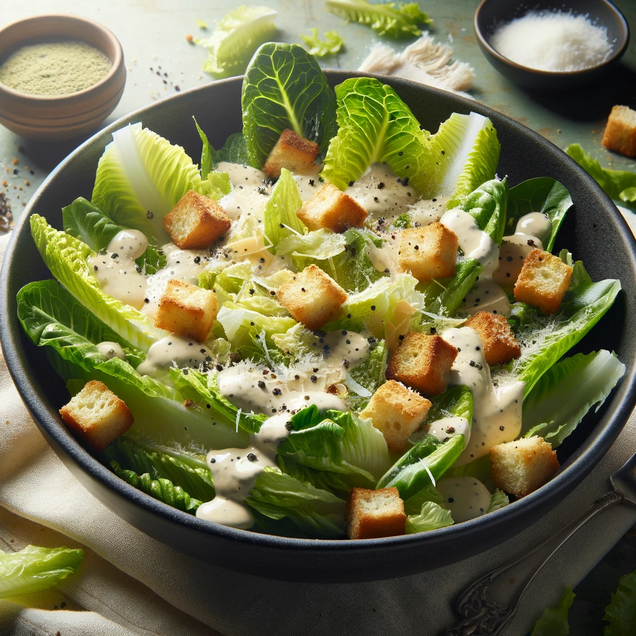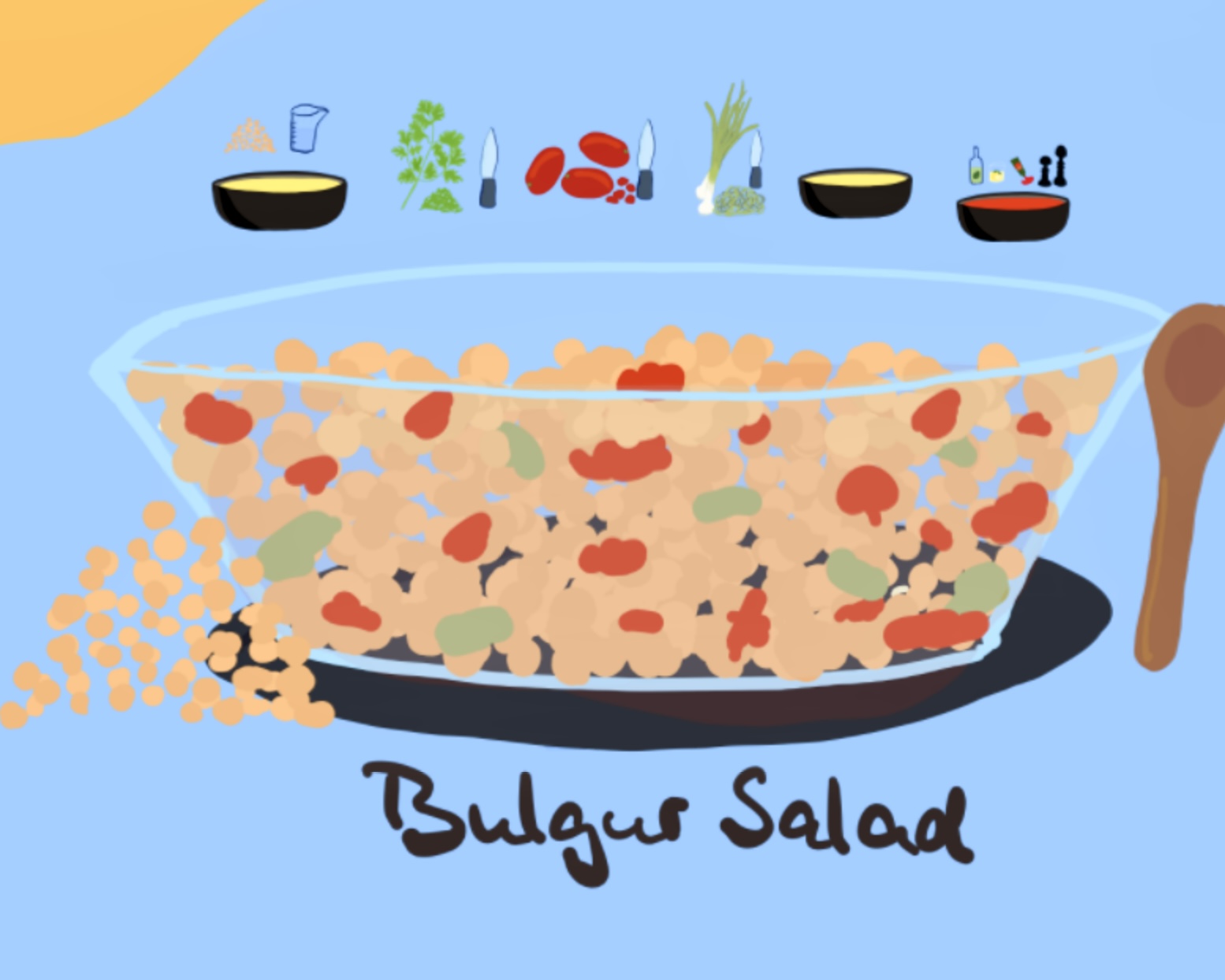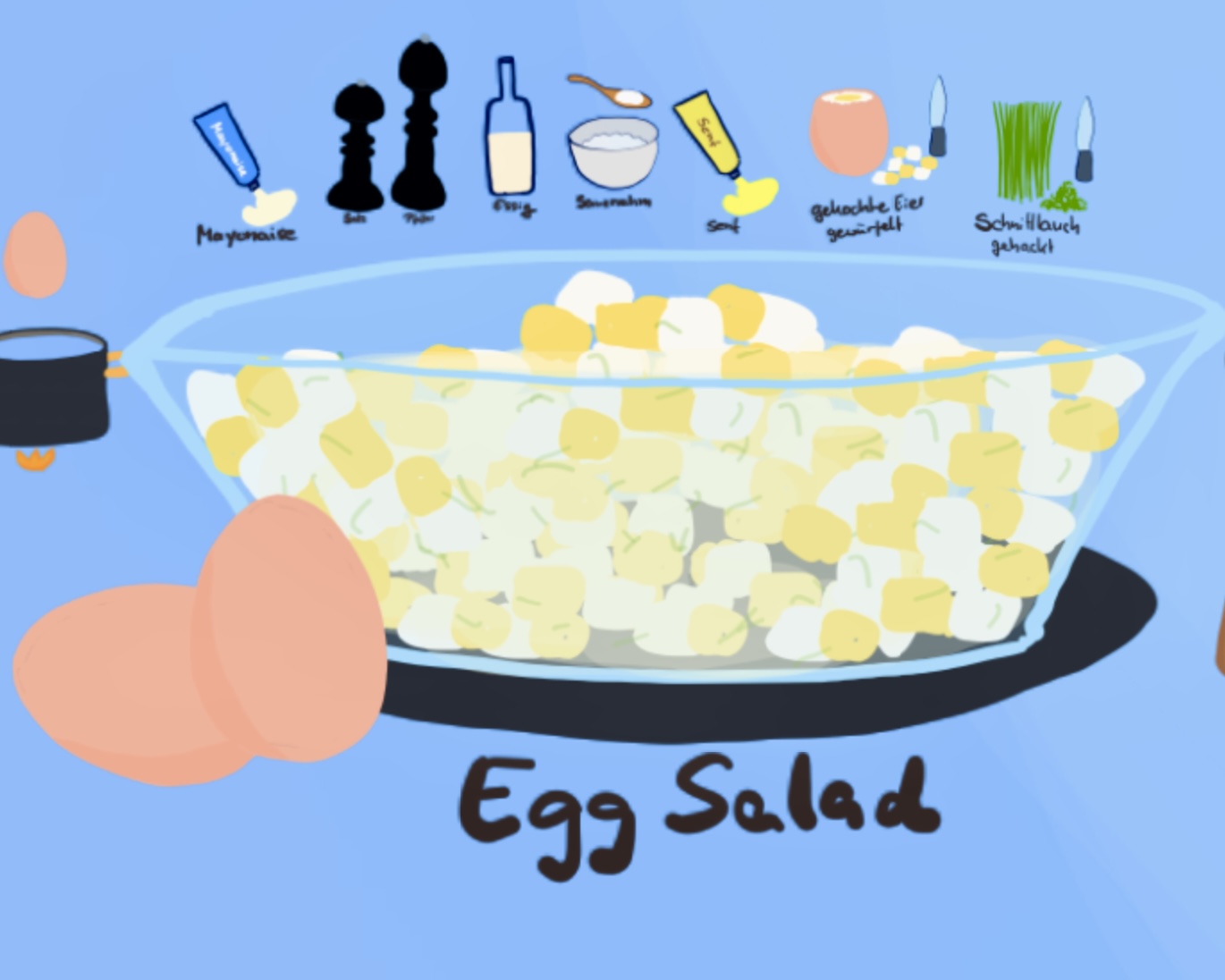Caesar Salad Recipe – Romaine, Anchovy-Rich Dressing & Parm
Instructions: Tap the Map & Cook Along 👇
Caesar Salad: A Timeless Classic with a Twist

In the pantheon of salads, where greens and dressings dance in endless combinations, the Caesar Salad stands out as a timeless classic. Its creation, steeped in culinary lore, and its enduring popularity make it a fascinating subject for food enthusiasts. With its crisp romaine lettuce, creamy dressing, crunchy croutons, and a generous sprinkling of Parmesan cheese, Caesar Salad is a study in contrasts and harmony. Let’s delve into the origins, secrets, and variations of this beloved dish, proving that a salad can be so much more than just a side.
The Birth of a Legend
The Caesar Salad owes its name to Caesar Cardini, an Italian immigrant who ran restaurants in Mexico and the United States in the early 20th century. Legend has it that the salad was born out of necessity on a busy Fourth of July weekend in 1924 when Cardini’s kitchen was running low on ingredients. Cardini, ever the improviser, tossed together what he had – whole lettuce leaves, a dressing made from staple ingredients, croutons, and Parmesan – and a star was born. Over the years, the Caesar Salad has evolved but the essence of Cardini’s creation remains.
The Core Ingredients
The beauty of the Caesar Salad lies in the quality and interplay of its few key components. The lettuce, traditionally romaine, offers a crisp, fresh base. The dressing, a creamy emulsion of egg yolks, olive oil, lemon juice, anchovies, garlic, Dijon mustard, and Worcestershire sauce, adds depth, richness, and a tangy kick. The croutons, homemade or store-bought, introduce a satisfying crunch, while shavings of Parmesan cheese lend a salty, umami finish. Each element is simple, yet when combined, they create a dish of surprising complexity and elegance.
A Canvas for Creativity
While purists may argue for the sanctity of the original recipe, the Caesar Salad has proven to be a versatile canvas for culinary creativity. Grilled chicken, shrimp, or even steak can transform it from a side to a hearty main course. For a vegetarian twist, some chefs add avocado or hard-boiled eggs for richness and protein. The adventurous have even deconstructed the salad, reimagining it in forms like Caesar pasta salad or a Caesar salad wrap. The possibilities are as limitless as the chef’s imagination.
Dressing the Salad
The secret to a great Caesar Salad often lies in the dressing. While bottled versions can suffice in a pinch, a homemade Caesar dressing, emulsified to creamy perfection and balanced in its flavors, can elevate the salad from good to unforgettable. The key is in the anchovies, which should be used judiciously to add depth without overpowering, and in achieving the perfect creamy consistency without the dressing becoming too heavy or oily.
More Than Just a Salad
The Caesar Salad has transcended its status as a mere dish to become a cultural icon, featured on menus around the world and beloved by diners of all ages. Its enduring appeal lies not just in its flavors but in its ability to bring people together, to serve as a familiar and comforting presence on the table, and to inspire endless variations and interpretations.
Conclusion
The Caesar Salad, with its rich history, deceptively simple ingredients, and enduring popularity, is a testament to the power of culinary innovation and the enduring appeal of great food. Whether enjoyed in its most traditional form or reimagined with a modern twist, the Caesar Salad remains a beloved classic, a reminder of the joy of cooking, and the pleasure of sharing good food with others. So, the next time you toss together a Caesar Salad, remember you’re not just making a dish; you’re continuing a tradition that has delighted taste buds for nearly a century.




